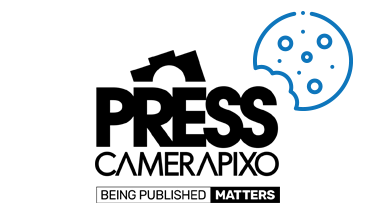From the outset, the counter-march was loud and restless. Music blared, flags and placards waved, and chants echoed through the streets. Police and bystanders watched with anxious faces, aware of how thin the line was between order and confrontation.
Chants denounced fascists and welcomed refugees as the crowd moved towards Whitehall, where Tommy Robinson’s supporters had built a large stage and screen for speeches. In contrast, the counter-demonstration relied on a smaller stage and sound system, but carried volume through numbers.
The mood shifted street by street. As the march drew closer to Whitehall, Union Jacks began to appear, and the volume of Unite the Kingdom demonstrators became apparent. Trafalgar Square is filled with people caught in the middle, some heading home and some gathering on the walls and statues in the square.
It quickly became clear that the hardcore Robinson supporters were not heading for the speeches. They moved directly towards the counter-protest. In Whitehall, they packed side streets and pressed against police lines. Further up, near Trafalgar Square, another surge forced officers backwards, effectively penning in the smaller anti-demonstration.
Riot police on horseback were deployed to contain the clashes. The atmosphere shifted inside the police barricade as people realised the risk of the line breaking. At one point, a young man dropped to the ground, screaming to be let out, as others tried to calm him.
The stand-off continued a few hours before the crowd was released. By nightfall, police began removing riot gear and clearing the streets. Relieved demonstrators started their journeys home.











